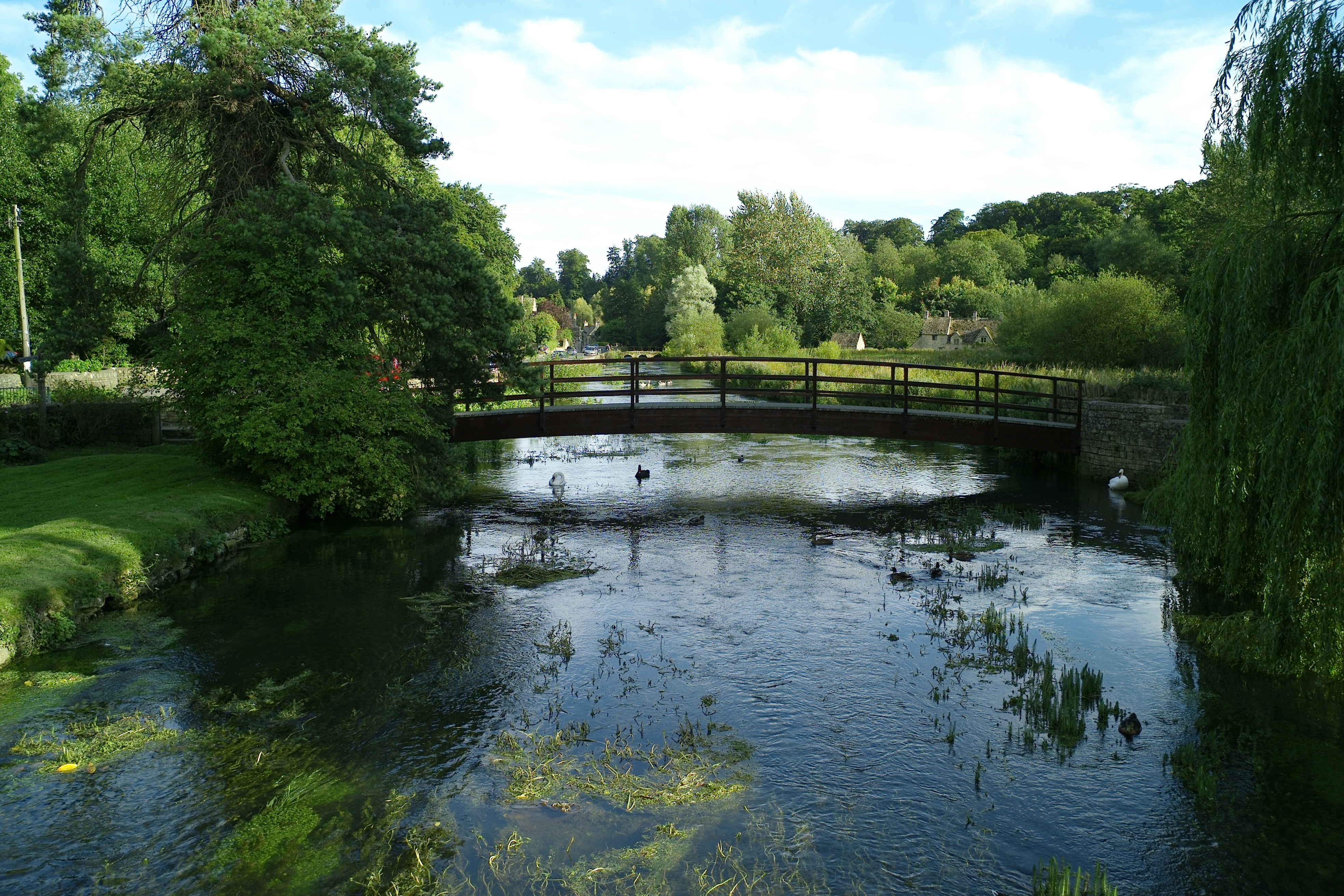
The Common, Bibury, Gloucestershire, England
We are in England. I am speaking on Saturday at the Edinburgh Television Festival. In the meantime, we’re in the Cotswolds, and today in Bibury.
Pictured above, the village’s lovely Common.
Americans who live on the East Coast may be familiar with the term Common. The Boston Common is at the center of the city, and today refers to a park. But the notion of a Common is far older, and in the world of the Internet, particularly with respect to Net Neutrality, it is something worth examining.
For more than 800 years, we have lived under a system of private ownership.
For the most part, we have found that this model maximized the economic benefit of all concerned.
But private ownership might not always deliver the best value on an asset. Sometimes, it might be better to share an asset.
In Medieval times, the vast majority of land in places like England was held in a kind of common trust. That is, even though it belonged to the crown, the Church or a Lord, it was open to everyone. Feudal lords might plant their crops there, and the local peasantry would harvest the crops, but after that the land was open to anyone to graze their animals. Forests were open to anyone to forage for wood or hunt for game.
Between 1750 and 1850, the British Parliament began to pass a series of laws called the Enclosure Acts. These effectively moved what had been formerly public land into private hands. The lands were largely used for animal grazing or agriculture, or great landed estates, but suddenly the vast majority of the English yeoman class were effectively driven off the land.
Part of the thinking behind the Acts of Enclosure was undoubtedly to drive the now landless and unemployed into the great factories in cities like Birmingham and Manchester, where they would work for next to nothing. It worked.
But something fundamental was lost.
The rights of the Commons were restricted to smaller and smaller bits of land, generally at the center of villages and town. Yet these places were still used by everyone and anyone for grazing, hunting and foraging.
The tradition of the Commons can still be seen in English Law in the tradition of the rights of anyone to cross private lands. You can hike the length and breadth of the UK and pretty much cross all the private land you like on foot. You can’t do this in America. It would be trespassing. You could be shot, or at the very least, arrested. Not so in the UK.
I used to work out of the BBC offices in Newcastle, and I would look out the window and see the Commons, filled with cows or sheep on any given day. Old traditions die hard.
What use of land gives the greatest good to the greatest number of people? Private property or a Commons?
Ironically, and in contrast to our conventionally held private property thinking, it is the Commons that probably puts a given amount of acreage to the best benefit.
We no longer live in an agrarian world of sheep and cows. At least not for most of us. Our commerce today is digital and electronic. We are far more interested in parking or grazing zeros and ones.
Our field is the Internet.
Yet the Internet is very much our Common.
It is the place anyone can go and graze their cows, or their sheep, or plant a few crops or even build a house.
Prior to the Erection of Cottages Act of 1588, any Englishman was free to build his home on any common ground (and that was most of the country). Today, anyone is free to build his ‘home’, whether blog or business, anywhere on the web.
The British commercial interests of the Industrial Revolution crushed the Commons to drive workers into their factories at minimal wages. We must be ever vigilant that today’s commercial interests of the Digital Revolution don’t do the same.
4 Comments
Nik June 02, 2015
Sorry this is not to do with the artical as such, but is your photo of Bibury Bridge, it has appeared (as above) as the front cover of a Sale Leaflet, for First step home as Cambridge, Gloucestershire, which looks nothing like it?
Michael Rosenblum June 04, 2015
I have not seen the cover you refer to, but I have been to Bibury many times. There is more than one bridge. I would bet that the bridge on the cover is the big one (if there is such a thing in Bibury a big), that is near the trout farm.
Geoff (Jaef) September 07, 2008
Building a cottage on a common was not easy – on had to have the hearth fire lit by dawn for instance.
Geoff (Jaef) September 07, 2008
In earlier times access for use of common land, eg grazing, collecting wood for fuel etc was only available to those who had such rights of common.
Access to all common land only came about as a result of the statutory right to roam under the Countryside and Wildlife Act 2000 (?).